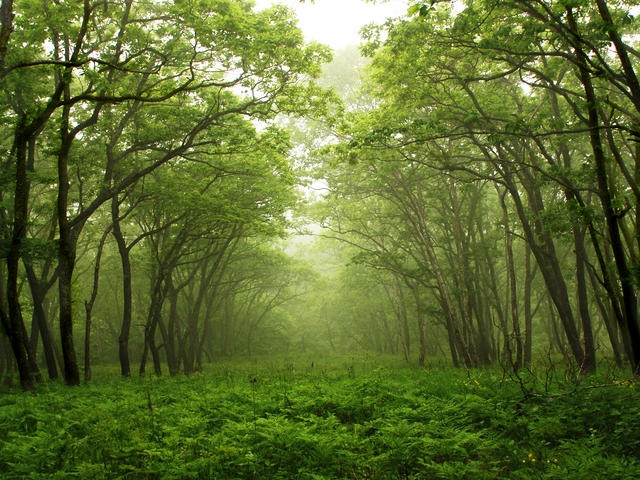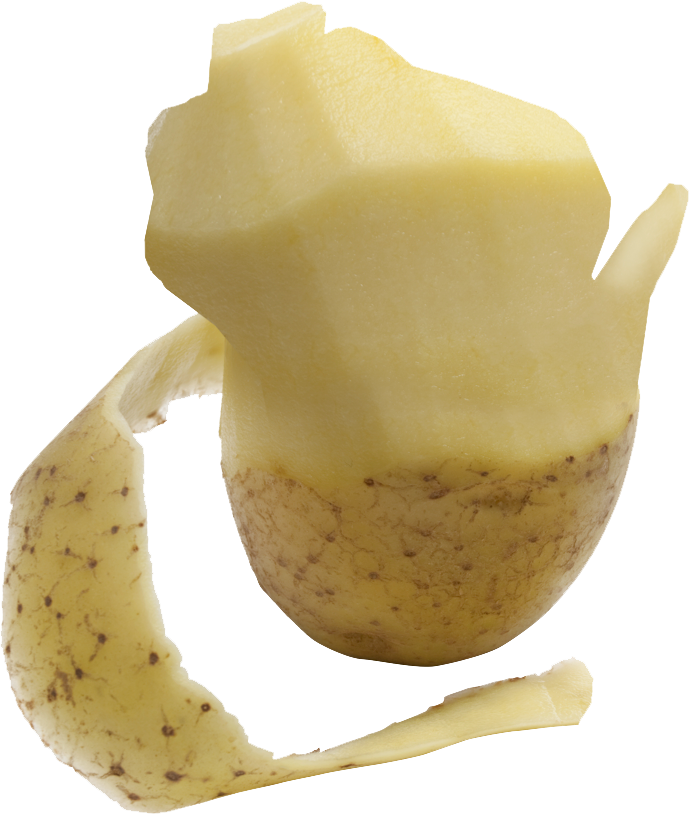Paul Fowler, Wisconsin Institute for Sustainable Technology, University of Wisconsin-Stevens Point
Corresponding author: paul.fowler@uwsp.edu
Wisconsin Institute for Sustainable Technology (WIST), College of Natural Resources, University of Wisconsin, Stevens Point, WI 54481, USA
Abstract
Water use by agriculture has become an issue in many areas where groundwater levels have dropped. Because the impact of agricultural water use is a driver of water use policy it is important to understand other factors that may also be impacting groundwater. This paper reports an examination of scientific literature on water use by trees compared to water use by vegetable crops. Evapotranspiration by trees results in significant water loss and interception of precipitation by forest canopy also impacts groundwater recharge. Studies in different geographical areas, including the U.K. and Northern Wisconsin, have shown water use by trees on an annual basis that exceeds the amount used to grow potatoes. Studies in China, the U.K and South Africa predicted that reforestation and afforestation would reduce water available for surface flow or aquifer recharge by as much as 56%. The analysis focuses particularly on Wisconsin, where a six-county area ranks as one of the top vegetable-growing regions of the U.S. and where groundwater levels have become an issue. Reforestation has increased significantly in this area. The researcher concludes that while agricultural water use has undoubtedly increased in Wisconsin over the past 50 years, it may not be either the sole or major source of groundwater depletion and reduced stream flow.


